
According to experts, Vietnam needs to orient fruit development in depth - Photo: N.TRi
The forum "Solutions to increase competitiveness and promote exports of passion fruit, banana, pineapple, and coconut", organized by the Ministry of Agriculture and Environment in Ho Chi Minh City on July 18, received many contributions and opinions from experts. Most of them highly appreciated the export prospects of many types of fruit.
Vietnam is the 9th largest banana exporter in the world.
Mr. Nguyen Nhu Cuong - Deputy Director of the Department of Science and Technology (Ministry of Agriculture and Environment) - said that by 2024, the total area of fruit trees in the country is estimated to reach 1.28 million hectares with an output of about 15 million tons/year. In particular, passion fruit, banana, pineapple and coconut are products with many development advantages, with the ability to expand scale and increase export value.
Currently, Vietnam's passion fruit output reaches 163,000 tons/year. The target is to reach 300,000 tons by 2030, while completing procedures for official export to the US, South Korea and Thailand.
For pineapple, the output is about 860,000 tons, the target by 2030 is to reach nearly 1 million tons.
Bananas, with an output of about 3 million tons, are a key export item with an export turnover of nearly 380 million USD in 2024 - making Vietnam the 9th largest banana exporter in the world.
Coconut has the largest growing area among the advantageous fruits, with more than 202,000 hectares, yielding 2.28 million tons/year. Vietnam is among the world's leading coconut exporting countries. By 2030, the coconut industry will shift strongly to deep processing.
Mr. Nguyen Manh Hung - Chairman of the Board of Directors of Nafoods - said that after only a decade, the passion fruit industry has grown from zero to hundreds of millions of USD in revenue per year, with pureed and concentrated products alone contributing about 300 million USD.
"If the Chinese market is fully opened and the industry is well planned, passion fruit can reach the billion-dollar mark," Mr. Hung commented.
Meanwhile, aiming to increase income to 20,000 USD/ha of high-tech production, Mr. Pham Quoc Liem - General Director of Unifarm - said that instead of customizing quality for each market, the unit chose to maintain a unified set of standards.
"If the entire industry agrees to move towards large-scale, systematic production and the application of technology, bananas can completely become a billion-dollar industry, even surpassing the 4 billion-dollar mark in the long term," Mr. Liem assessed.
According to Mr. Dang Phuc Nguyen - General Secretary of the Vietnam Fruit and Vegetable Association, with a growth rate of about 6.3% per year, the global pineapple market worth nearly 29 billion USD is a great opportunity.
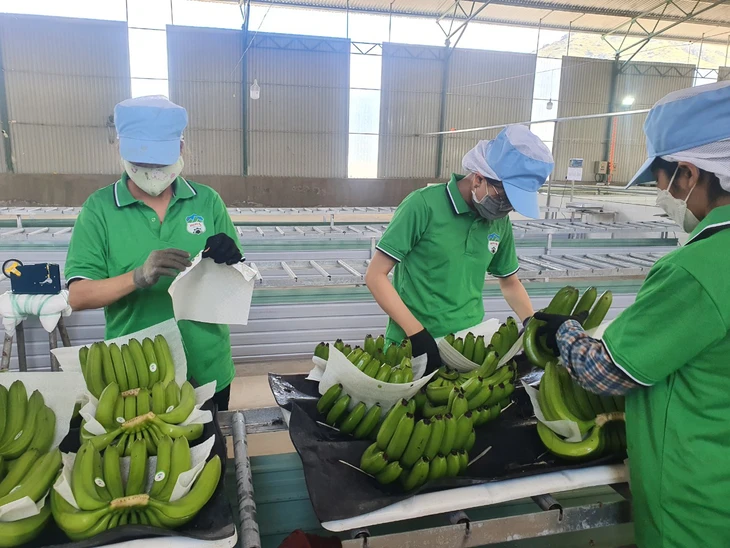
Vietnam's banana exports to China increase sharply - Photo: TTO
There is still much work to be done.
In his opening speech, Deputy Minister of Agriculture and Environment Tran Thanh Nam emphasized that although the Vietnamese fruit industry is growing rapidly, it is also facing urgent requirements to expand export markets, improve competitiveness and build brands, focusing on solving bottlenecks in raw material areas, processing and traceability.
From a management perspective, Mr. Cuong frankly said that so far, only durian has become the only fruit product that has reached a "billion dollar" turnover, while products that once had a position like dragon fruit are declining. This reality shows that the fruit industry still has a lot of work to do.
"It is necessary to focus on solving core issues from planning growing areas, linking production, processing to expanding export markets. This is not the job of one person but the common responsibility of the whole industry, from management agencies, businesses to cooperatives and farmers," Mr. Cuong emphasized.
According to MSc. Ngo Quoc Tuan - Deputy Director of the Post-Import Plant Quarantine Center II, expanding to the South American market is difficult due to transportation costs and fierce competition, while ASEAN countries have similar products, making it difficult to differentiate.
"Vietnam needs to orient fruit development in depth, not only expanding acreage but also focusing on quality, post-harvest technology, standardizing the value chain and information transparency. To export effectively, we must strictly control traceability and reorganize production along the chain.
To solve the problem, Mr. Hung proposed four key solutions: reasonable planning of growing areas, controlling seed quality, tightening management of pesticides, and reorganizing production to better manage small-scale establishments.
Increase supervision in growing areas, improve capacity of local officials
According to the Department of Crop Production, violations in the use of plant protection drugs, incorrect labeling, lax management after granting codes for growing areas and packaging facilities... are greatly affecting the sustainable development of the industry.
To overcome this, the agency proposed to reorganize production with cooperatives as the core, increase supervision in growing areas, and improve the capacity of local officials and businesses in complying with international standards.
Source: https://tuoitre.vn/viet-nam-xuat-khau-chuoi-lon-thu-9-toan-cau-dua-cung-xuat-hang-dau-the-gioi-20250718164719701.htm






![[Photo] 60th Anniversary of the Founding of the Vietnam Association of Photographic Artists](/_next/image?url=https%3A%2F%2Fvphoto.vietnam.vn%2Fthumb%2F1200x675%2Fvietnam%2Fresource%2FIMAGE%2F2025%2F12%2F05%2F1764935864512_a1-bnd-0841-9740-jpg.webp&w=3840&q=75)
![[Photo] National Assembly Chairman Tran Thanh Man attends the VinFuture 2025 Award Ceremony](/_next/image?url=https%3A%2F%2Fvphoto.vietnam.vn%2Fthumb%2F1200x675%2Fvietnam%2Fresource%2FIMAGE%2F2025%2F12%2F05%2F1764951162416_2628509768338816493-6995-jpg.webp&w=3840&q=75)
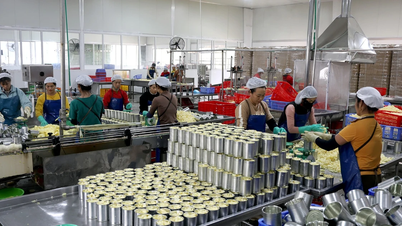





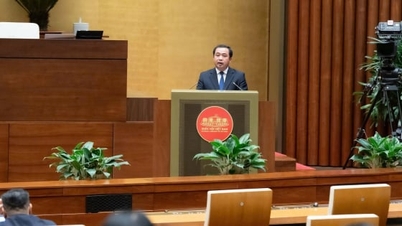
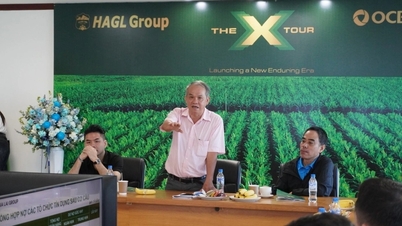

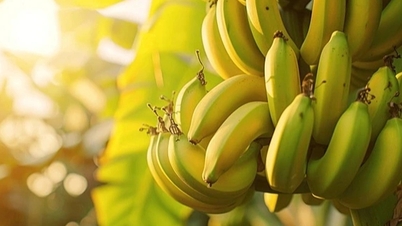
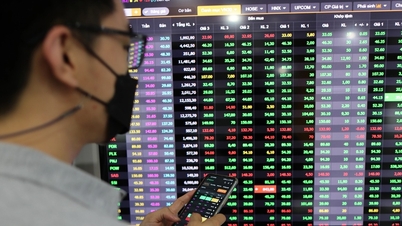


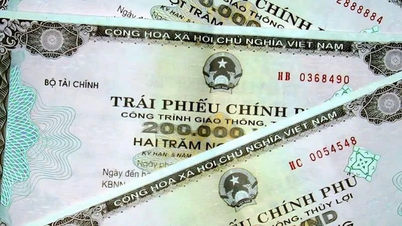

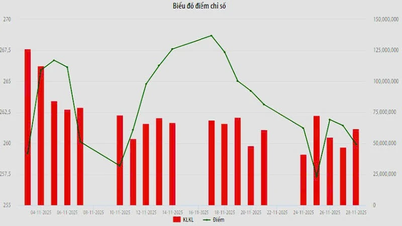
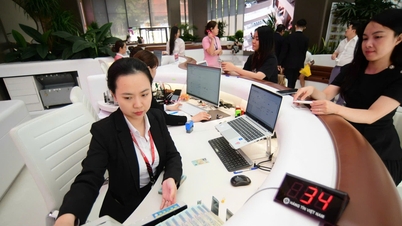
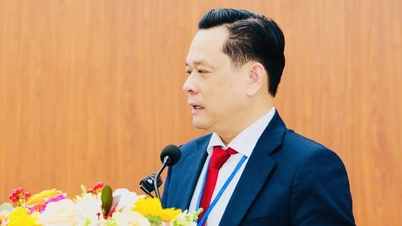






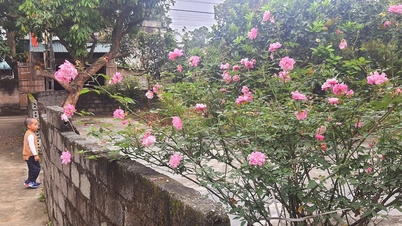











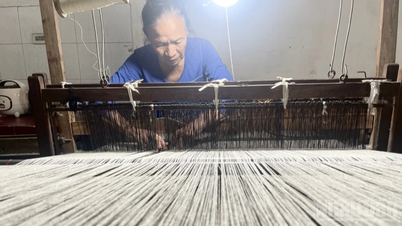










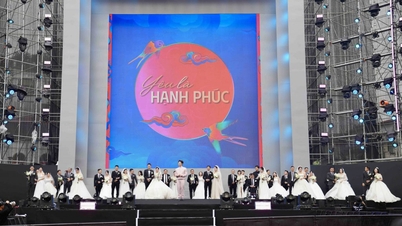




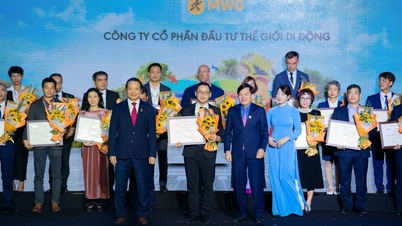
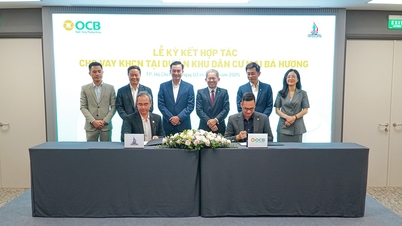









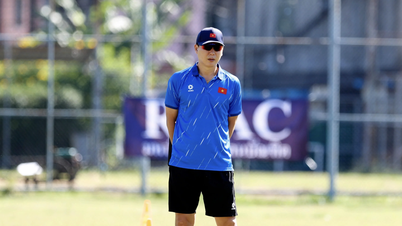















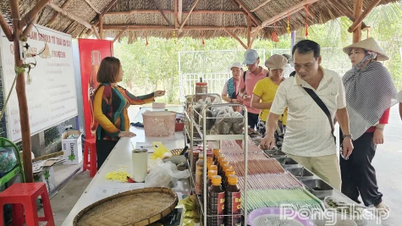
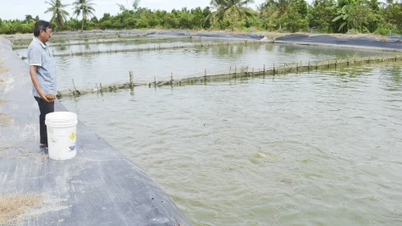


















Comment (0)